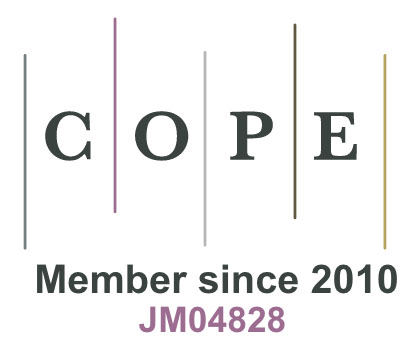Caring in the Context of Risk
The first article in the current issue of ANS is titled “Caring in the Context of Risk: Moving Beyond Duty” authored by Darcy Copeland, PhD, RN. The article is available to download at no cost while it is featured! Dr. Copeland shared this important message about her work investigating workplace violence!
Discussion of ethics or ethical frameworks is extremely rare in workplace violence literature. I have been investigating workplace violence for many years and view the phenomenon, in part, as an occupational hazard. When healthcare systems across the country were faced with a novel occupational hazard (coronavirus infection), there was swift and relatively agreed upon guidance regarding provider obligations and duties in the face of this risk. A duty-bound approach to decision making in the context of infectious disease seemed to work. I wondered if a duty-bound approach to decision making regarding the provision of care in the context of risk posed by patient violence would be similarly helpful.
I determined that a duty-based framework was insufficient to capture the contextual nuances and moral complexity of providing nursing care to hospitalized patients who exhibit violent behavior. I propose that examination of professional duties is one framework that can be used to guide our actions but might be insufficient if used in isolation of other frameworks. In the article I describe additional ethical frameworks and explore how they may also be used to guide decision making in the context of risk associated with violent patient behavior. These frameworks include virtue ethics, ethics of the everyday, and care ethics.
Nursing has a very long history of using virtue ethics to inform appropriate professional behavior. Virtues are characteristics that make one a “good” person/nurse and are not dependent on roles or duties. An internalization of nursing values results in a lack of distinction between being a good person and being a good nurse. Decision making utilizing this framework focuses our attention on what behaviors would maintain individual and disciplinary character in given situations.
Ethics of the everyday implores us to utilize our conceptions of “right” behavior in normal, everyday work to inform our behavior in circumstances that we deem as extraordinary, or at least out of the ordinary. This framework reminds us that we enact values as we live our ordinary lives, that everyday living is morally significant. How we conceptualize nursing and the provision of nursing care under “normal” circumstances can be used to inform decisions about the provision of care when “big” issues arise.
Finally, given the centrality of caring for others in nursing the inclusion of care ethics as a framework was obvious. This framework situates caring as occurring in the context of a relationship between two people – a caregiver and a care recipient. This perspective recognizes care as a complex site of power dynamics; it also draws attention to the humanity, needs, and vulnerability of both people. Attention to these aspects of care draw attention away from rules or duties that may be difficult to implement in complex situations.
Workplace violence is a major issue in nursing. It is also a complex issue that does not lend itself to standardized, algorithmic approaches. The more tools nurses and nurse leaders have in their tool box to determine how to respond to this issue the better.











 Editorial in ANS Vol 22, No 2, I published a version of this handout. With permission of our publisher, I am presenting this once again here, along with yet another pair of “C’s”!
Editorial in ANS Vol 22, No 2, I published a version of this handout. With permission of our publisher, I am presenting this once again here, along with yet another pair of “C’s”!



